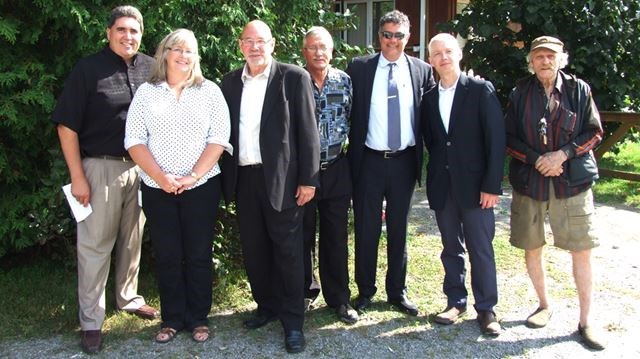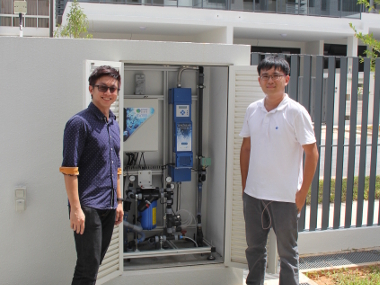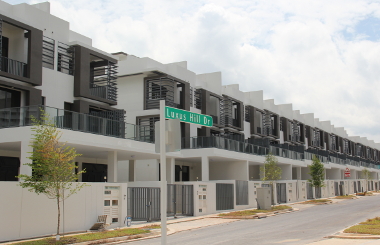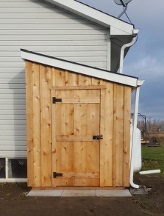For the Fetherston Park mobile home community in Eastern Ontario, UV Pure disinfection systems provided the best combination of protection, performance, and low maintenance at a price that the small community can afford.
Two Hallett 30 systems were installed in 2006 to upgrade the community’s drinking water system to meet provincial standards. The engineer selected UV Pure systems for primary disinfection because the systems are effective even for mineral-rich well water—unlike conventional “light-in-a-pipe” UV systems that can foul quickly and require frequent shutdowns for cleaning.
When the Park’s wastewater system was re-built in 2015, Clearford decided to incorporate dual Hallett 30 units for chemical-free disinfection of the treated effluent to make the water safe for discharging to a nearby ditch. A new membrane bioreactor (MBR) treatment plant was constructed with advanced technologies for treating the effluent to very high standards. All of the mechanical equipment is housed in a single 40-foot shipping container that is capable of treating 16,000 US gallons per day (60 cubic metres per day). Clearford’s MBR plant is designed with fit, functionality and reliability in mind—and UV Pure systems complement that approach.
“We’re confident that the UV Pure Hallett systems will provide continuous, uninterrupted disinfection with very little maintenance requirements. This lets us provide the best possible service to the residents of Fetherston and consistently meet regulatory requirements while maintaining low lifecycle costs.”
~ Kevin Hall, Project Engineer for Clearford
The site operators appreciate that UV Pure systems have easy lamp changes, remote monitoring, and an automatic cleaning system that prevents the accumulation of scale and biofouling inside the quartz sleeve, eliminating the need for time-consuming manual cleaning. Furthermore, operators avoid the risks of shipping, storing and handling toxic chlorine for disinfection.







 The treatment systems are designed to produce potable water that meets Ontario drinking water standards. Each residential POE system is installed outside of the home in an insulated, heated enclosure that combines water softening and filtration with an easy-to-operate Hallett UV disinfection system. A private well provides source water at each home, but water quality varies with groundwater levels, soil conditions, and mineral hardness.
The treatment systems are designed to produce potable water that meets Ontario drinking water standards. Each residential POE system is installed outside of the home in an insulated, heated enclosure that combines water softening and filtration with an easy-to-operate Hallett UV disinfection system. A private well provides source water at each home, but water quality varies with groundwater levels, soil conditions, and mineral hardness.